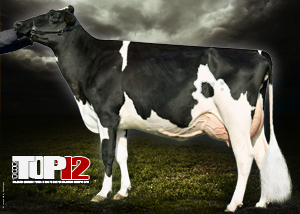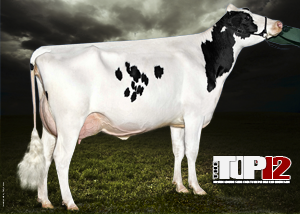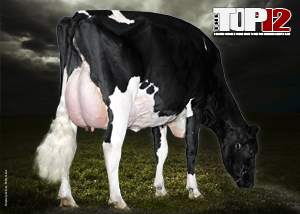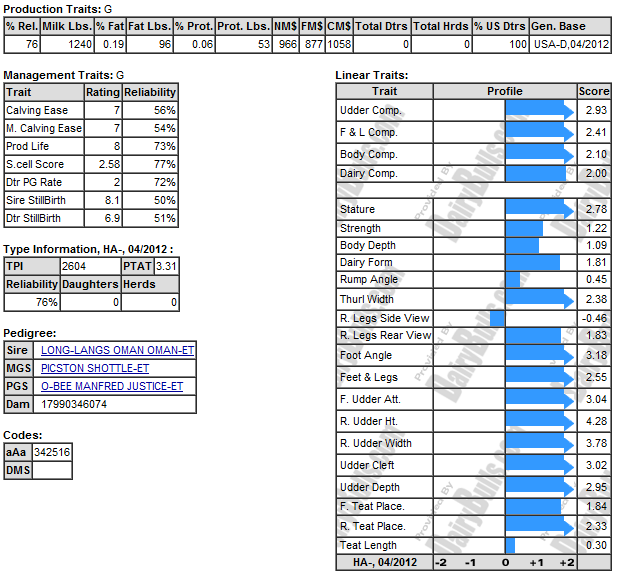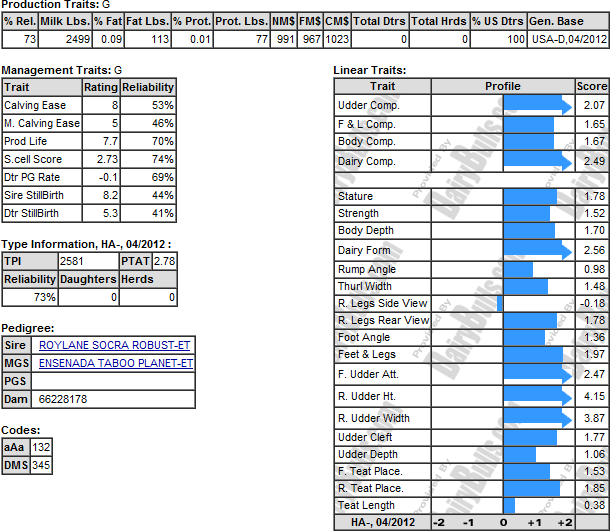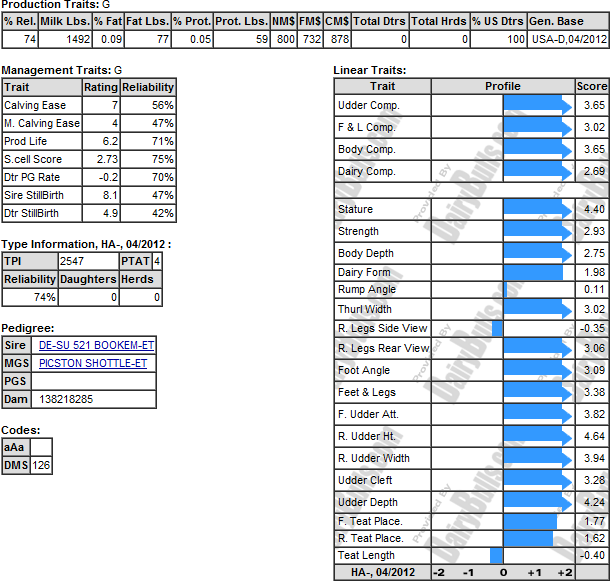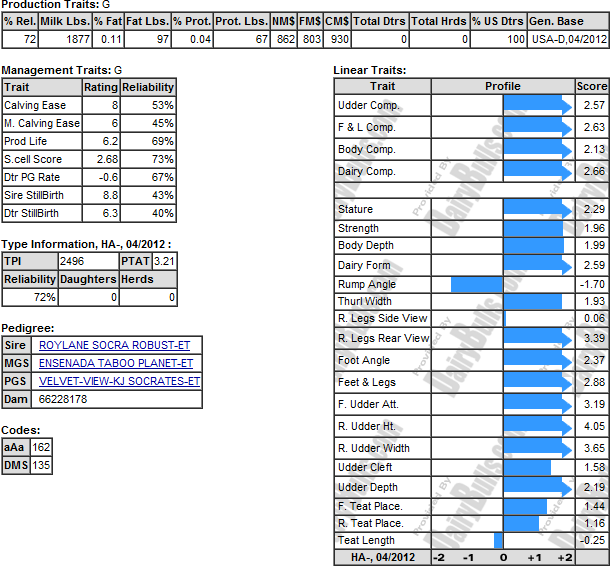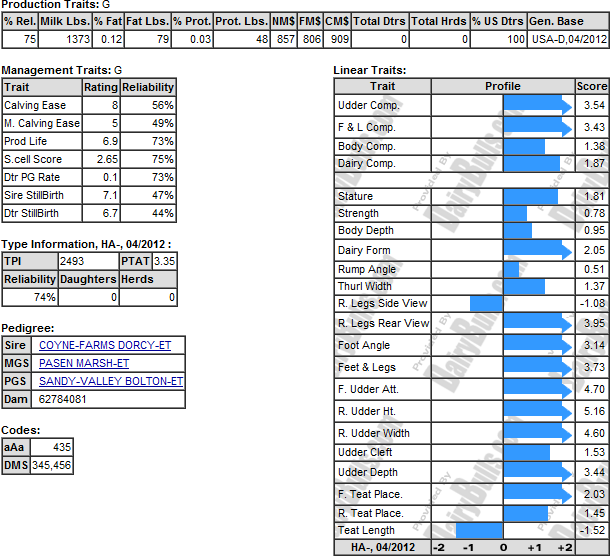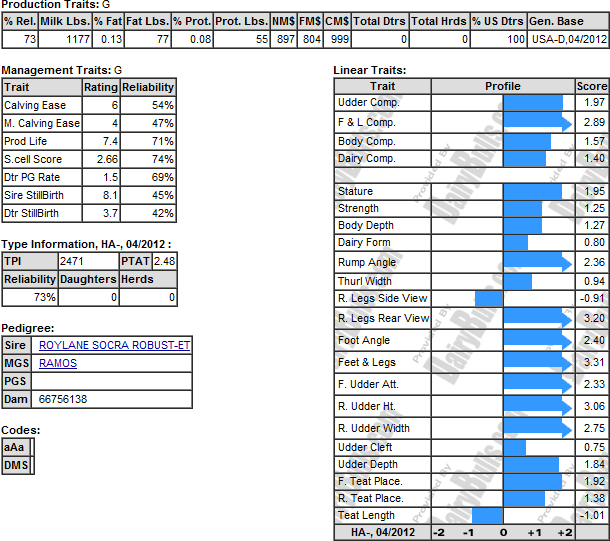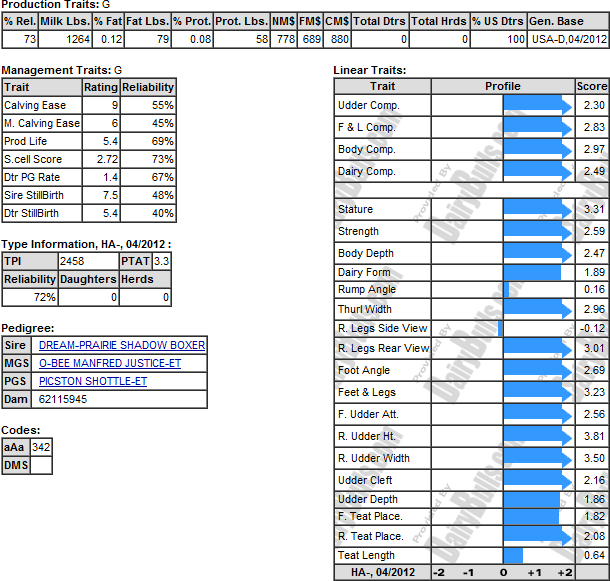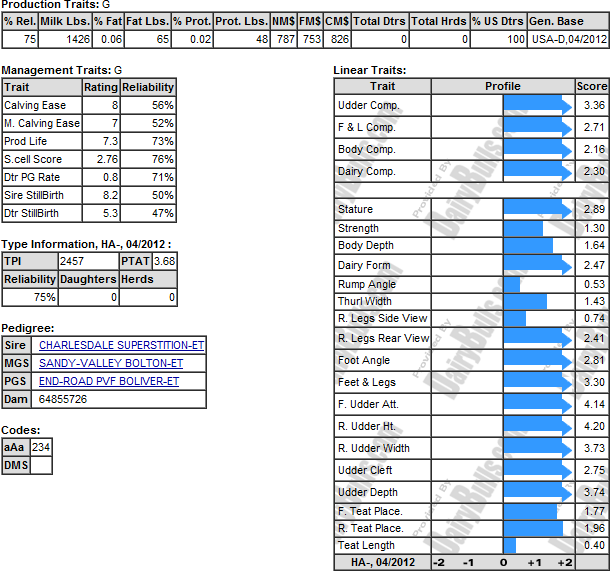Discover the future of Holstein breeding in our latest genetic assessment roundup. From production powerhouses to health champions, these elite young sires are set to revolutionize dairy herds. Uncover the top performers and learn how to strategically integrate them into your breeding program for maximum genetic gain.
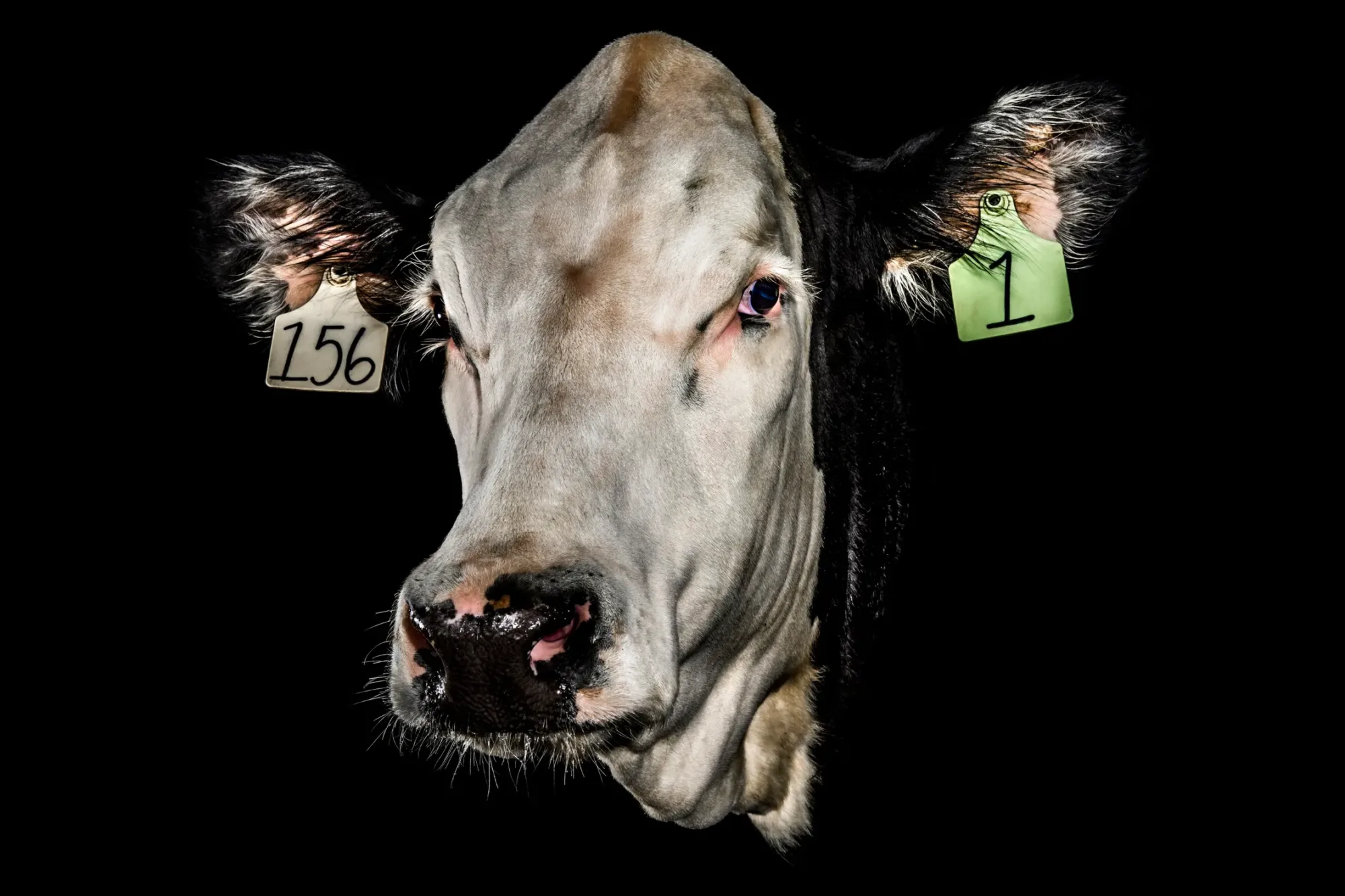
The January 2025 genetic evaluations have unveiled an exceptional lineup of young sires that promises to reshape the genetic landscape of the Holstein breed.
Production Powerhouses
The new generation of sires demonstrates remarkable production potential, with GENOSOURCE BENCHMARK-ET leading at 1777 lbs of milk. His exceptional combination of 93 kg of fat and 78 lbs of protein and an excellent udder composite of 1.74 establishes a new benchmark for well-rounded breeding.
COOKIECUTTER 92469-ET follows with impressive credentials. It offers 1553 lbs of quality milk with solid components, including 87 lbs of fat and 78 lbs of protein. His moderate calving ease makes him particularly valuable for heifer programs, and he maintains strong fitness traits that commercial producers demand.
Health and Fitness Focus
A notable trend in this assessment is the emphasis on health traits. SSI-SIEMERS 50729 showcases this with an excellent Somatic Cell Score of 2.64, while PEAK 40391-ET provides a comprehensive health package with a Somatic Cell Score of 2.87 and ideal body size traits.
Component and Type Excellence
The GENOSOURCE prefix continues to dominate with ORDAIN-ET and ERADICATE-ET, offering exceptional component yields while maintaining health traits. Their well-developed dairy structure and medium-sized frames embody the contemporary Holstein type that commercial producers look for.
Strategic Mating Recommendations
Producers should prioritize complementary breeding matches to drive long-term genetic progress and enhance herd quality. Deep-bodied cows needing udder improvement will benefit from GENOSOURCE BENCHMARK-ET, while those seeking to improve herd life should consider COOKIECUTTER 92469-ET for their breeding program.
Sire Highlights
GENOSOURCE BENCHMARK-ET stands as the current #1 GTPI sire at 3463, showcasing exceptional production potential with a remarkable milk production of 1777 lbs. His outstanding components include 93 lbs of fat and 78 lbs of protein. His Udder Composite (UDC) of 1.74 places him among the breed’s elite for udder improvement. With a favorable SCS of 2.93 and DCE of 4.2, he offers a balanced package for commercial and registered herds focusing on production and type. Use GENOSOURCE BENCHMARK-ET on high-producing cows needing udder improvement.
COOKIECUTTER 92469-ET delivers a compelling package with a GTPI of 3417. His production credentials are impressive, with 1553 lbs of milk, complemented by solid component yields of 87 lbs fat and 78 lbs protein. His moderate DCE of 3.4 makes him particularly attractive for heifer breeding programs. The strong Productive Life (PL) rating of 6.9 suggests improved longevity in his daughters. Consider COOKIECUTTER 92469-ET for breeding heifers and improving herd life.
PEAK 40391-ET emerges as a balanced sire with a GTPI of 3396. His production profile shows 1599 lbs milk, with strong components of 92 lbs fat and 78 lbs protein. The favorable SCS of 2.87 indicates strong resistance to mastitis, while his Body Weight Composite (BWC) of 0.96 suggests ideal-sized daughters. His profile makes him an excellent choice for herds seeking improvement in production and health traits. Select PEAK 40391-ET for balanced improvement across production and health traits.
SSI-SIEMERS 50729 rounds out the elite lineup with a GTPI of 3388. While showing moderate milk production at 1344 lbs, he maintains solid component levels with 85 lbs fat and 78 lbs protein. His standout feature is the excellent SCS of 2.64, among the best in this group for mastitis resistance. This site would work well in programs prioritizing health traits while maintaining production levels. Select SSI-SIEMERS 50729 to enhance udder health and maximize production efficiency.
GENOSOURCE ORDAIN-ET (GTPI 3430) shows impressive production potential, with 1449 lbs milk, 93 lbs fat, and 78 lbs protein. His health traits are favorable, with a 2.47 SCS and PL of 0.8. His traits indicate a more refined dairy build, with a -0.73 FLC. His moderate frame and substantial production numbers make him an excellent choice for commercial herds seeking improved components. Use GENOSOURCE ORDAIN-ET when seeking high component yields with refined dairy character.
SSI-SIEMERS 50424 (GTPI 3403) demonstrates solid production credentials with 1340 lbs of milk, 85 lbs of fat, and 78 lbs of protein, showcasing a balanced profile for efficient dairy operations. His health traits are well-balanced, with an SCS of 2.64 and PL of 0.8. His moderate stature and good dairy form make him particularly suitable for operations focusing on efficiency and health. Choose SSI-SIEMERS 50424 to enhance overall herd health by leveraging its strong production traits while bolstering health characteristics.
GENOSOURCE ERADICATE-ET (GTPI 3396) features a balanced production profile with 1449 lbs milk, 93 lbs fat, and 77 lbs protein. Shows strong health traits with an SCS of 2.42. His fitness traits suggest daughters have good productive life potential. The combination of high components and favorable health traits makes him an attractive option for herds seeking to improve production and fitness traits. Select GENOSOURCE ERADICATE-ET for balanced improvement in both production and fitness traits.
The Bottom Line
These young sires offer unprecedented combinations of traits that address modern dairy producers’ needs. Whether prioritizing production, health, or type, this evaluation provides solutions for every breeding program. Contact your breeding specialist today to develop a targeted strategy using these elite sires. Make informed decisions to shape your herd’s future success with these elite sires.
Summary:
The January 2025 evaluations have introduced a new group of top Holstein sires that may change the breed’s future. GENOSOURCE BENCHMARK-ET stands out with a high GTPI of 3463 and great milk production. Other promising sires like COOKIECUTTER 92469-ET provide strong milk components. Health traits are emphasized with SSI-SIEMERS 50729 having a low Somatic Cell Score and PEAK 40391-ET offering a full health package. GENOSOURCE ORDAIN-ET and ERADICATE-ET deliver excellent component yields and maintain good health. For the best results, farmers should focus on breeding strategies that match their herd’s genetic needs with these elite sires.
Learn more:
- Enrico, Beautyman, and Montley Lead the Way in Switzerland – Sire Proof Central August 2024
- Genomic Selection: Doubling of the Rate of Genetic Gain in the US Dairy Industry
- Leveraging Herd Genotyping & Sexed Semen: A Game-Changer in Livestock Industry
 Join the Revolution!
Join the Revolution!
Bullvine Daily is your essential e-zine for staying ahead in the dairy industry. With over 30,000 subscribers, we bring you the week’s top news, helping you manage tasks efficiently. Stay informed about milk production, tech adoption, and more, so you can concentrate on your dairy operations.







 Join the Revolution!
Join the Revolution!


